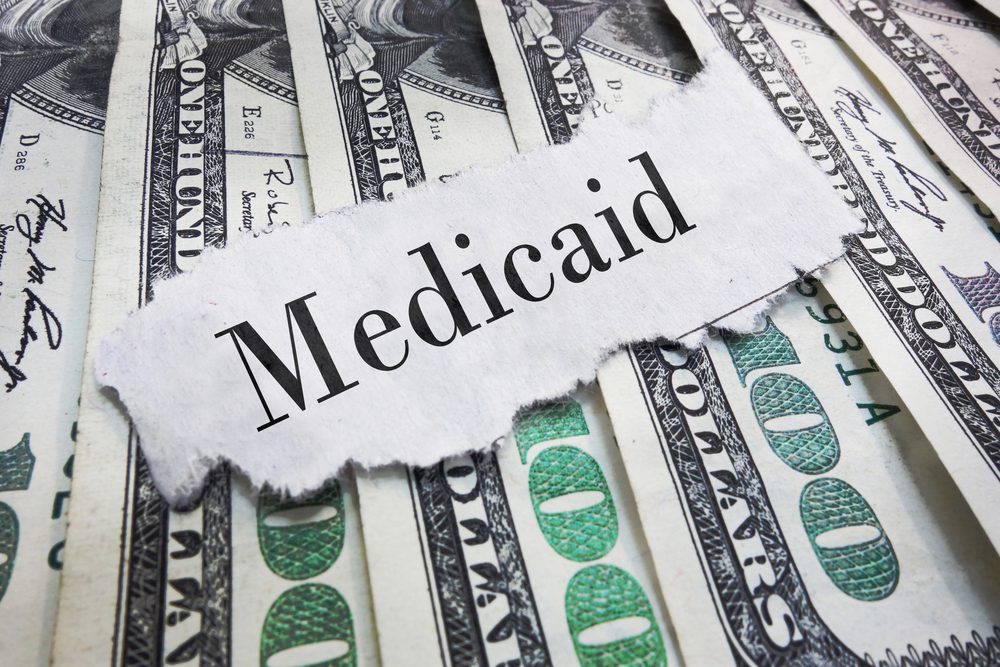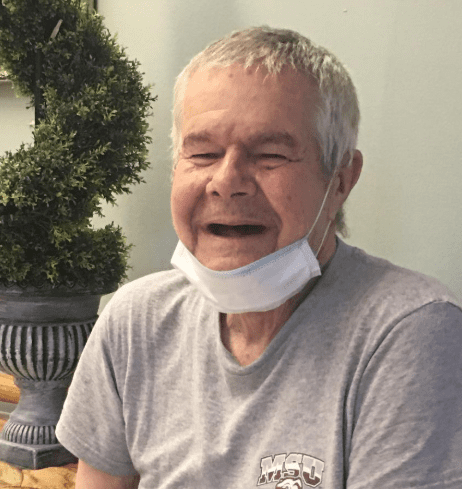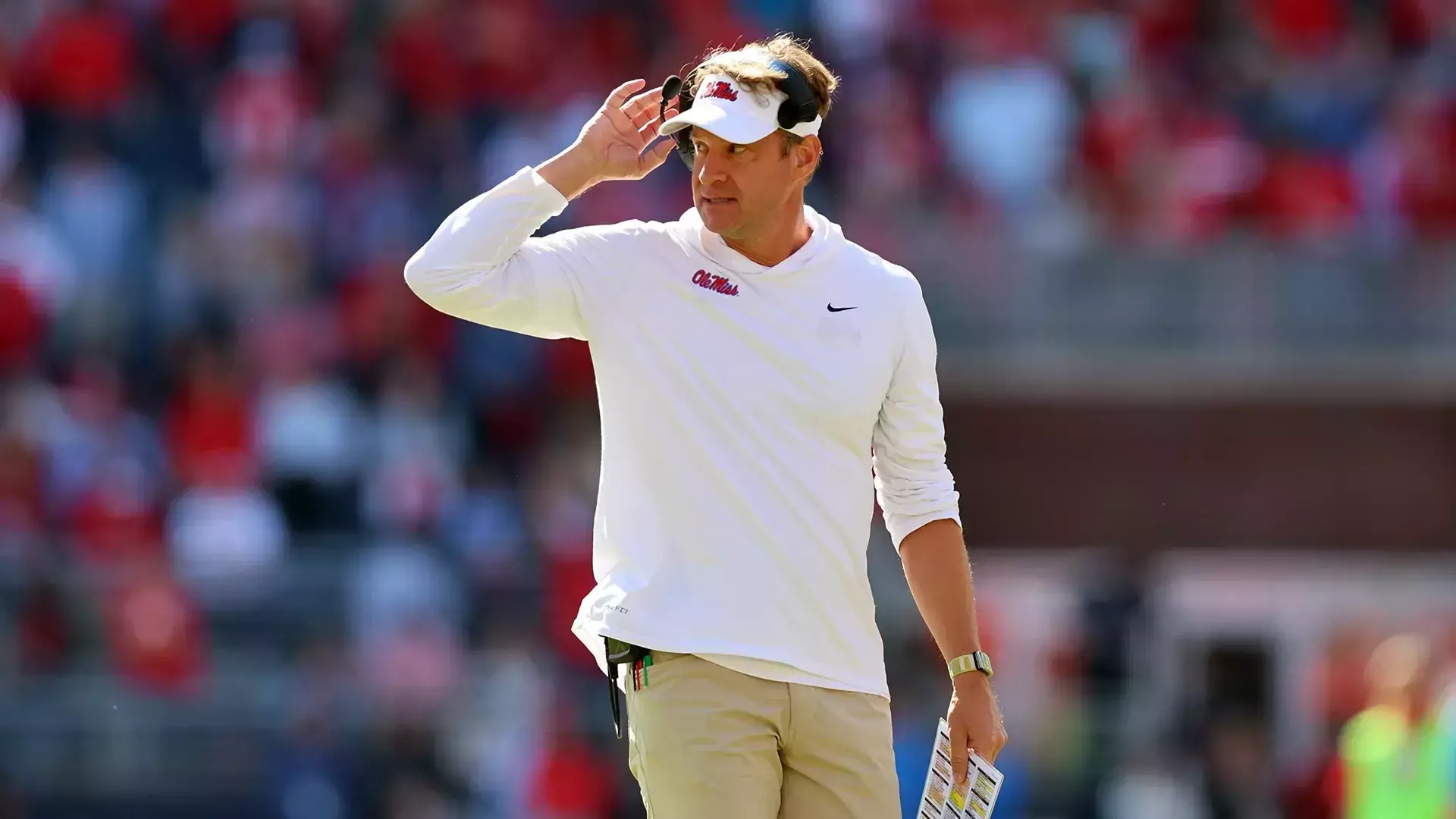
Studio portrait of Sid Salter. (photo by Beth Wynn / © Mississippi State University)
By: Sid Salter
We’ve spent most of the 2019 Mississippi general election cycle talking about the future of public healthcare and the state’s rural hospitals, the deteriorated condition of the state’s infrastructure system, and the needs of public education at all levels – with all three of those issues tied directly to the future of jobs and economic opportunity in the state moving forward.
And while the outcome of the 2019 elections will certainly impact all those issues, so will how good or poor a job our state does in making sure there is an effective decennial census is conducted in 2020. That process begins April 1, 2020. Every household is supposed to receive an invitation to respond to a census questionnaire by mail, by phone, or for the first time in U.S. history, online.
Why does the 2020 Census matter and particularly why does it matter in Mississippi? Despite significant recent economic growth, Mississippi remains saddled with the status as the poorest state in the union based on median income and poverty rates.
That means that the federal census determines how much Mississippi’s share of over half a trillion dollars will be after the counting is completed. The more Mississippians not counted, the less federal funds our state receives for roads and bridges, public healthcare such as Medicaid and Medicare, Pell Grants, Head Start, public housing, food stamps and a host of other federal spending programs that are population driven. The state drew down $10.1 billion in FY 2016.
Is Mississippi concerned about the outcome of the 2020 Census? Apparently so. On August 7, Gov. Phil Bryant created the Mississippi Complete Count Committee through executive order. In that order, it is plainly stated that: “it is essential that accurate data be collected from all Mississippians, including groups of people who have typically been underrepresented, including many young children, low-income individuals, military personnel, non-native English speakers, minorities, residents in newly-constructed developments, and rural residents.”
At the federal level, maps exist of so-called “hard to count” areas which illustrate the fact that in areas of the state where federal funds are in highest demand, response to the actual census counts are the lowest. In the 1stCongressional District, 79.4 percent of households responded to their Census questionnaires.
But in the 2ndDistrict, the state’s poorest district, the response was 73.5 percent. The 3rdDistrict saw a 76.9 percent response, while the 4thDistrict saw 75.8 percent of households respond.
Even with online response capabilities in the coming census, there is fear and skepticism about getting accurate counts. Even in 2017, Mississippi’s 1stCongressional District saw 27.9 percent of households with no internet access. The 2ndDistrict that same year saw 36.8 percent of households with no internet. Some 29.5 percent of 3rdDistrict households and 26.2 percent of 4thDistrict households had no internet access in 2017.
Poverty, insularity, and fear are the key components of an undercount in a Mississippi census. Enumerators who are afraid to enter areas where the residents don’t look like them is still a problem. There are the issues of language, cultural and bias barriers for the state’s Hispanic and Asian citizens. Then there are those who live in the shadows of status as illegal immigrants.
The Census is conducted with federal dollars. Gov. Bryant’s Complete Count executive order for facilitating a full enumeration in Mississippi will only be as good as the local committees that exist under the direction of Mississippi county and municipal governments – and activist groups who are also organizing and mobilizing.
Doing a credible job of the census could help the state’s clout in Congress, but that’s unlikely given the population growth necessary to pick up a seat. Mississippi lost a seat in the U.S. House after the 2000 Census.










